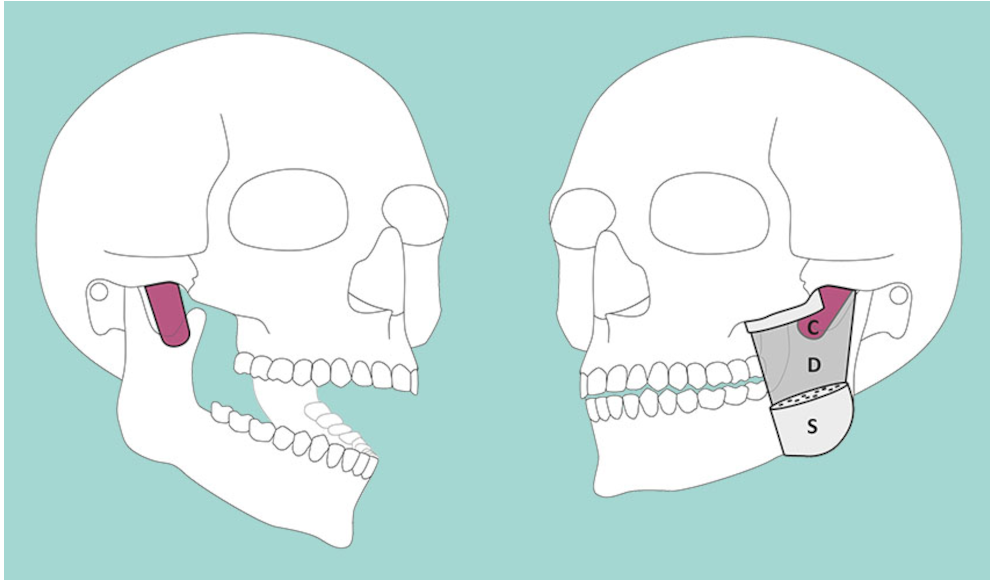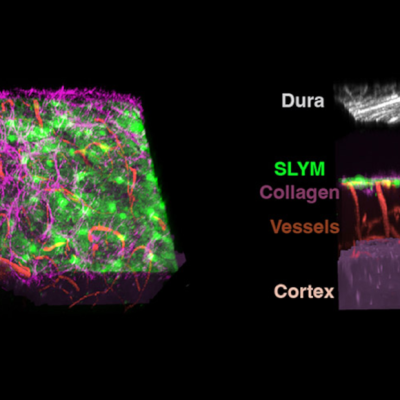A previously unknown layer of muscle has been discovered in the masseter muscle, which contributes to the stabilization of the jaw. The human anatomy is still not fully understood, and scientists continue to make new discoveries. Recently, a team led by Szilvia Mezey from the University of Basel found a new anatomical structure in the human jaw muscles that had been overlooked by medical professionals. The masseter muscle is the largest muscle responsible for jaw movement, and it was previously thought to consist of only two layers. However, the team’s research revealed a third layer that had been missed.
To investigate the structure of the masseter muscle, the scientists dissected the jaw area of around 30 cadavers and analyzed tissue samples using computed tomography. They also observed the muscle in motion using magnetic resonance imaging in a living subject. The team found that the deep layer of the masseter muscle is divided into two parts, which are distinct from the other two layers. The newly discovered structures are now considered an independent part of the masseter muscle, which was previously unknown.
The coronoid part of the masseter muscle, as it is now called, runs from the posterior process of the zygomatic bone to the coronoid process of the mandible. This part of the muscle is responsible for pulling the mandible back and stabilizing it. Without this muscle, humans would not be able to move their jaw forward and backward. The discovery of this new layer of muscle is significant, as it provides a better understanding of the human anatomy and could have implications for medical treatments related to jaw movement and stability.










